Subitising Teaching Resources
Are you on the hunt for subitising activities, games, task cards, worksheets and more for your lesson plans?
The Teach Starter teacher team has assembled a complete collection of teacher-created printables and digital options to teach your early years students how to subitise and build their crucial counting and cardinality skills.
Aligned with Australian maths curriculum standards, this collection of teacher resources has undergone a careful review by a member of our teacher team to ensure it's ready for your classroom and your students!
Is this your first year teaching this part of the maths curriculum, or your first time in a few years? Don't fret! The maths teachers on our teaching team have put together a quick refresher on the definition of subitising and some tips on how to teach this crucial skill.
What Is Subitising in Maths?
Did you learn this word in uni? Don't feel bad if it's unfamiliar! We've got you covered with this simple subitising definition.
Subitising is the ability to instantly recognise the number of objects in a small group without the need to count them. It's essentially 'seeing' amounts of things without being given a number in digit form.
For example, when a student rolls a die, if they can instantly recognise the number of dots on its face, that's because they know how to subitise. Subitising is all about helping students to relate numbers to actual items or groups of items.
This maths concept comes from Swiss psychologist Jean Piaget, the man whose theory of cognitive development is well-regarded in educational circles.
Subitising Pronunciation — How to Say Subitise
We've had more than a few teachers ask us about the proper subitising pronunciation. Does the suffix 'sub' have a short u sound like the 'sub' in subtraction?
It would make sense. After all, they are both maths terms. The answer may (or may not!) surprise you.
Subitising is pronounced with a long u sound —/oo/.
The word comes from the Latin subit(us) meaning sudden and has no relation to subtraction at all!
How to Teach Subitising — Tips for Teachers
It's an important mathematical concept, but just how do you teach subitising?
The key is to expose students to number patterns so they can begin to compose and decompose numbers mentally, setting the stage for 'seeing' those numbers in small groups of objects.
To help you get started, our teaching team has put together dozens of resources, each of which has been reviewed by expert teachers to ensure they're classroom-ready! But we didn't stop there. Try these tips from our team:
1. Add Number Talks to Your Routine
You'll notice plenty of number talks resources for teachers on the Teach Starter site, and for good reason. Giving students a chance to play with numbers every day — even if it's just for 5 or 10 minutes — creates repetition that can help your students build their number sense.
2. Apply the 4 Corners Concept to Subitising
Mount numbers on the classroom wall, and use the Teach Starter random dice roller to randomly roll the die. Project the result onto your whiteboard or smartboard, and direct students to move to the wall with the correct number.
3. Use Hands-on Manipulatives
It may sound obvious, but don't forget to pull out those manipulatives! Dice and dominoes are particularly helpful for building number sense.
- Plus Plan
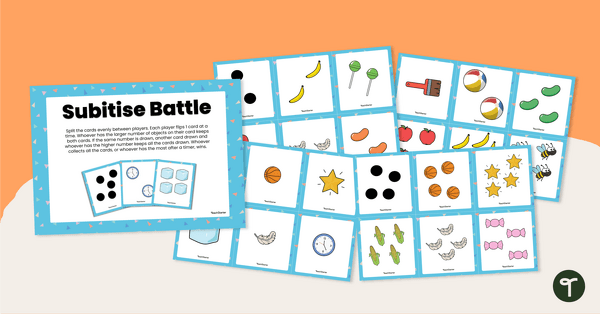
Subitise Battle – Card Game
Quickly subitise and compare with this fast-paced card game.
- Plus Plan
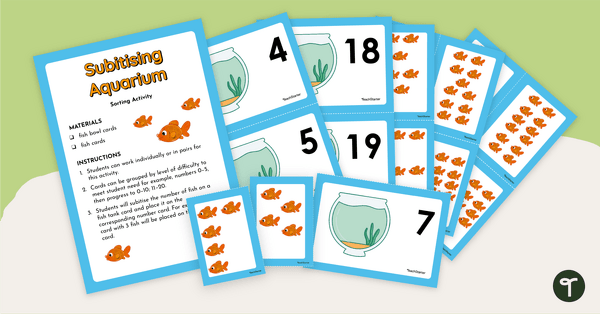
Subitising Aquarium – Sorting Activity
Practise recognising the quantity of a small group of objects with this subitising sorting activity.
- Plus Plan
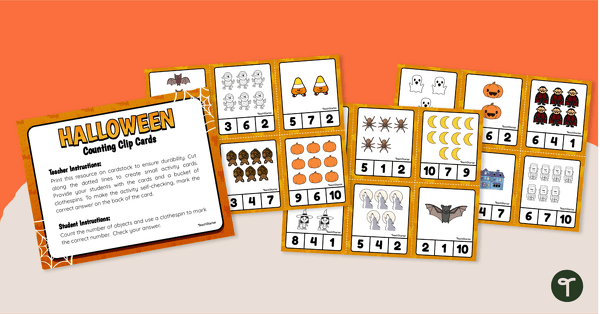
Counting Peg Cards - Halloween
Practise counting objects with a set of 18 Halloween peg cards.
- Plus Plan
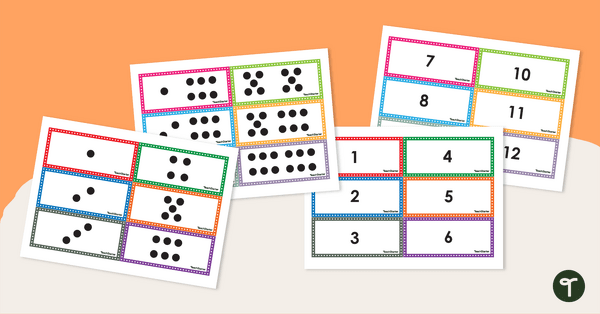
Subitising Game — Memory
Use this subitising game to help your students learn to quickly subitise numbers 1 - 12.
- Plus Plan
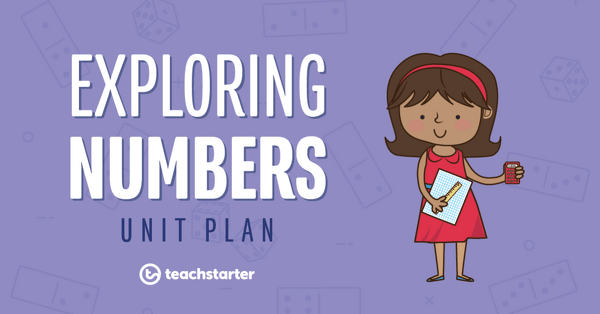
Practising Subitising
A 60 minute lesson in which students will quickly identify a small collection of objects with the use of subitising.
- Plus Plan
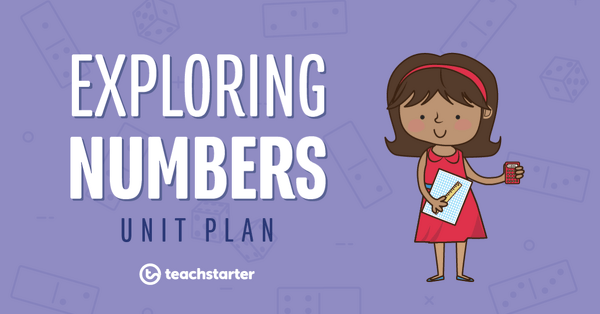
Subitising Small Collections
A 60 minute lesson in which students will use subitising to count small collections.